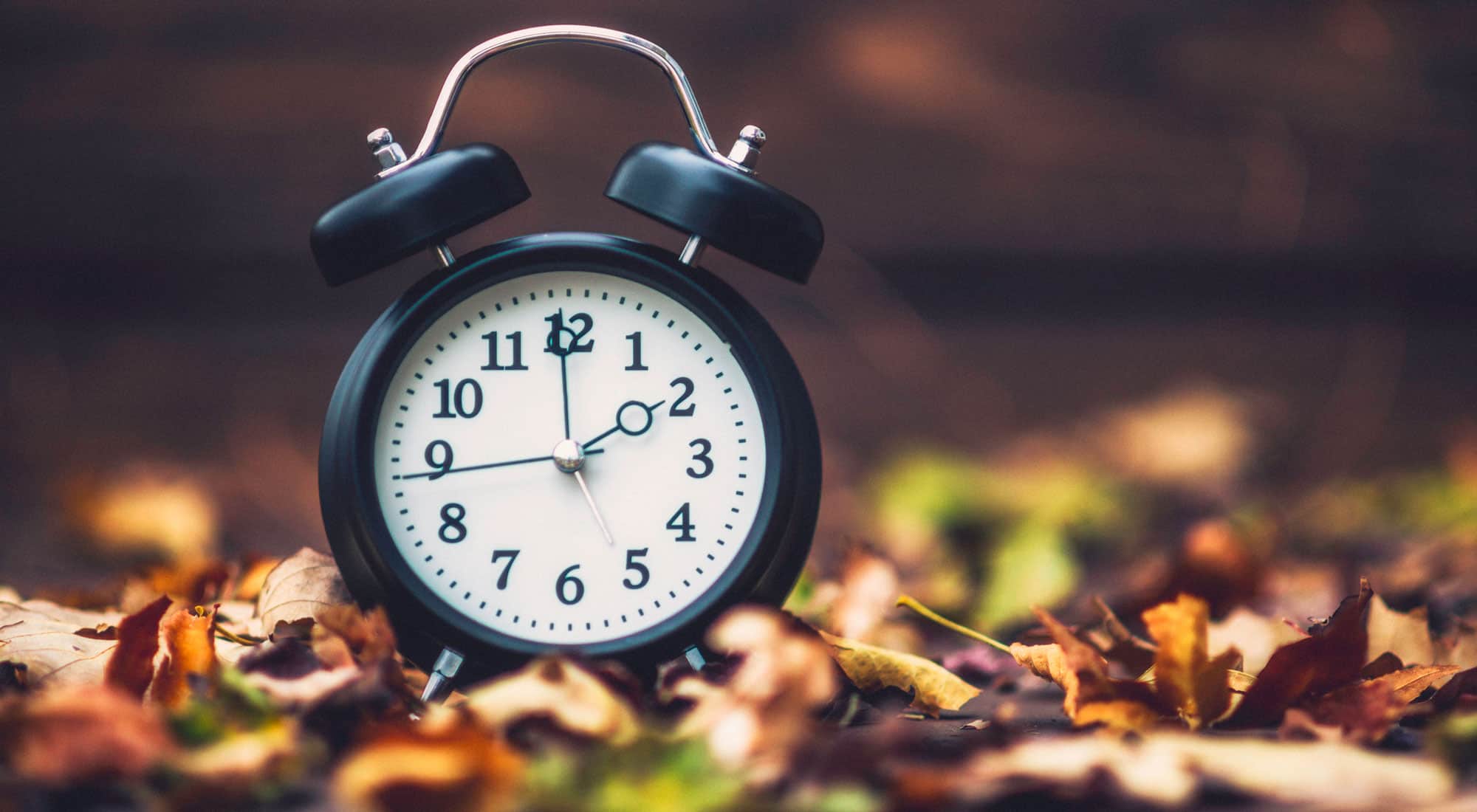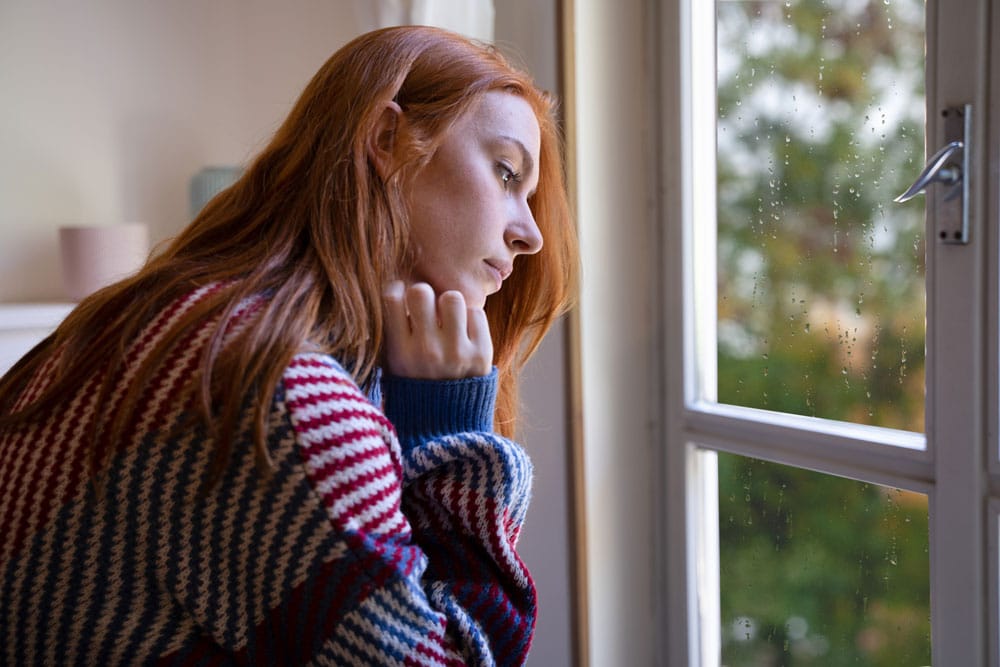
Final Fall Back for Daylight Saving
While the biannual chore of changing the clocks has never been easier thanks to the digital age and automatic updates, daylight saving time continues to be a practice very few favor. In fact, the tradition is so unpopular that a 2019 poll from The Associated Press-NORC Center for Public Affairs Research revealed that only 28% of Americans preferred the switching back and forth between standard and daylight saving time.
Daylight saving time has been controversial throughout history. While many assumed its origins were steeped in helping farmers, it began in Germany in 1916 as a fuel-saving measure during World War I, says The Palm Beach Post. Two years later, it was instituted in the United States as a bill designed to “preserve daylight and provide standard time.”
Over the years, we’ve switched back and forth from using and not using daylight saving time for a number of reasons. Not everyone agrees that extra light in the evening hours is good for everyone. Especially when winter rolls around and the mornings are pitch-black during the morning commute and when schools are starting their classes. The last time the country took a break from changing the clocks in 1973, its negative effects on students were so great, they reverted back after only one year, says Smithsonian Magazine.
Not everyone agrees that extra light in the evening hours is good for everyone.
Though we’ll switch the clocks again this fall as usual, it’s looking likely this may be the last time, at least for a season.
Is Daylight Saving Time Going Away?
It’s a rare occurrence when Republicans and Democrats agree on a bill, let alone vote unanimously, but that’s what happened when the Senate passed the Sunshine Protection Act in March 2022. This act would make daylight saving time permanent across the US in 2023. While the Sunshine Protection Act still requires House approval and the president’s signature to become federal law, a recent hearing conducted by the House Committee on Energy and Commerce revealed bipartisan support for the measure, according to an NPR report.
Many health experts told The Washington Post they believe the permanent change would help with sleep deprivation and a number of other health problems. They also cited the increase in car accidents on the Monday following the Sunday switch due to the rapid change in your sleep cycle as a reason to embrace a new normal.
How Daylight Saving Time Affects Health
Whether it’s the spring forward or the fall back, ScienceDirect research shows that our sleep suffers when the clocks change, and the supposed energy savings during daylight saving time is minimal.
And while we like to think we gain an hour of shut-eye when we fall back, research from Cornell University indicates that most people end up waking up earlier. The “gain” then becomes a loss when you factor in how sleep disruptions can take five or more days to recover from.
More than simply feeling rested to start the workday or perform well at school, sleep is key to overall health. There is a connection between time change and mental health. Moving clocks forward, and the resulting change in circadian rhythm, has been linked to an increase in heart attacks, an 11% increase in depressive episodes, and a measurable increase in emotional and behavioral disorders, according to BMJ Open research.
More than simply feeling rested to start the workday or perform well at school, sleep is key to overall health. There is a connection between time change and mental health.
It also doesn’t help those who struggle with seasonal affective disorder.
What is Seasonal Affective Disorder?
In Breakfast at Tiffany’s, Audrey Hepburn’s character Holly Golightly makes an important distinction between having the “blues” and what she calls the “mean reds,” which sound a lot like seasonal affective disorder.
Seasonal affective disorder (SAD) or seasonal depression is a mood disorder that primarily surfaces at a specific time of year. While more common in the fall and winter months, there are some who experience a form of the disorder in the spring and summer, according to Healthline.com.

For those who struggle with SAD, the symptoms will show up right on schedule during a particular time of year. But the remainder of the year? You proceed as usual with feeling good.
If you wonder whether you may struggle with seasonal depression, the symptoms often include:
- Feeling sad or depressed when leaves or snow starts to fall, or flowers begin to bloom
- Eating more, particularly comfort carbs
- Sleeping too much but still feeling tired
- A sheer lack of energy
- Feelings of restlessness
- A loss of interest in your usual hobbies or friendships
- Problems concentrating or making decisions
- Feeling worthless or without purpose
- Suicidal ideation
- Dark, depressive thoughts
During the fall and winter, in particular, the days are shorter. And due to the lack of exposure to sunlight, our natural circadian rhythm and body clock is thrown into disarray. This phenomenon, which includes the clock changes, is what can lead to seasonal depression symptoms.
Help for Those Struggling
Are you or someone you love struggling with depression or seasonal affective disorder? The Meadows Outpatient Center can help. With caring, comprehensive care that fits into your life, our experts are there for your journey to a healthier, more fulfilling life. Don’t hesitate to reach out any day, at any time.

Reach Out Today
Convenient, comprehensive care is available. Your next chapter can start right now.